3. Check ingredients mindfully
You'll see more mineral sunscreens this year than ever. That's because the Food and Drug Administration (FDA), which regulates sunscreen, is proposing major changes to sunscreen formulas. So far, it's decreed safe mineral sunscreens that deflect UV rays with the ingredients titanium dioxide and zinc oxide. The FDA still is evaluating chemical sunscreens that absorb UV rays with ingredients such as avobenzone, oxybenzone, octinoxate and octisalate. The big question is to what extent your skin absorbs these chemicals and what if any effect they have on your skin and body. Until the FDA reaches a conclusion, continue using whatever formula — mineral or chemical makes you happy. Worried zinc oxide will give your skin a chalky cast or look heavy? Updated formulas from drugstore brands like Neutrogena Sheer Zinc Face Dry-Touch Sunscreen SPF 50 ($16, ulta.com) to medical-grade brands like Revision Skincare Intellishade Original SPF 45 ($75, dermstore.com) and EltaMD UV Shield SPF 45 ($25, skinstore.com) are undetectable but effective on every skin tone and the most sensitive complexions — even those with rosacea and precancerous lesions.
(Left to right) Hawaiian Tropic Antioxidant + Sunscreen Lotion SPF 50; Coppertone Defend & Care Ultra Hydrate Sunscreen Lotion Broad Spectrum SPF 50; Aveeno Protect + Hydrate Lotion Sunscreen With SPF 50 for Face
CVS (3)
4. Choose a format and texture that make sense
Lotions are your best basic choice for protecting face and body because you can control the coverage. Moisturizing formulas like Hawaiian Tropic Antioxidant + Sunscreen Lotion SPF 50 ($13, cvs.com), Coppertone Defend & Care Ultra Hydrate Sunscreen Lotion Broad Spectrum SPF 50 ($12, cvs.com) and Aveeno Protect + Hydrate Lotion Sunscreen With SPF 50 for Face ($12, cvs.com) are soothing to mature skin. Love the speed of a spray? Save these water-resistant formulas (waterproof is no longer a permissible label) for swimming and sweaty sports when you need to cover large body areas like your back and legs. Be sure to spray the skin thoroughly till it glistens before rubbing the mist in with your hands. Never spray your face. Instead mist your palms and blend that over your face and ears (avoid the eyes and mouth). Note that aerosol sunscreens are flammable so avoid using them near an open flame (like when making s'mores on the beach), a lit candle or a barbecue grill.
Kittiphan Teerawattanakul/EyeEm/Getty Images
5. Apply enough and don't forget your ears
You need more sunscreen than you think. Adults should count on using a shot-glass-size glob for the body (more if you're generously proportioned or tall) and a teaspoon amount for the face. Remember the “face” in daily sunscreen terms includes your neck, ears and upper chest (if you're wearing a low-neck tee or dress). The body includes the backs of your hands and fingers and feet if you're wearing sandals. The most crucial part is the reapplication — every two hours when you're in the sun. The big mistake we make is thinking higher SPF doesn't require this. It certainly does.
(Left to right) Aveeno Baby Continuous Protection Zinc Oxide Mineral Sunscreen SPF 50; Thinkbaby SAFE Sunscreen SPF 50+; Coppertone Kids Sunscreen Tear Free Mineral-Based Water Resistant Lotion SPF 50; Neutrogena Beach Defense Oil Free Body Sunscreen Spray SPF 70; Banana Boat Sun Comfort Clear Sunscreen Spray SPF 50
Target; CVS (2); Walgreens (2)
6. Know when sharing is fine
Sunscreens designed for babies and kids, like Aveeno Baby Continuous Protection Zinc Oxide Mineral Sunscreen SPF 50 ($11, target.com), Thinkbaby SAFE Sunscreen SPF 50+ ($14, cvs.com) and Coppertone Kids Sunscreen Tear Free Mineral-Based Water Resistant Lotion SPF 50 ($13, cvs.com), contain titanium dioxide and/or zinc oxide rather than chemicals and a secure SPF 50+. They're fine for us, too, so share with your grandkids. However, while our liquid mineral sunscreens can work in a pinch for children and babies over 6 months old don't use chemical sunscreens on the kids. Sprays like Neutrogena Beach Defense Oil Free Body Sunscreen Spray SPF 70 ($9, walgreens.com) and Banana Boat Sun Comfort Clear Sunscreen Spray SPF 50 ($11, walgreens.com) are fine to share among adult family members or friends (you can mist one another and then each rub in your own) but check my tips in No. 4. They still must be reapplied every 40 to 80 minutes when you're in the water or actively sweating (like playing golf or bicycling), every two hours when not. Be generous and remind one another.
(Left to right) Paula's Choice On-the-Go Shielding Powder SPF 30; Supergoop! Invincible Setting Powder SPF 45; Derma-E Sun Protection Mineral Powder SPF 30; Physicians Formula Mineral Wear Talc-Free Mineral Airbrushing Pressed Powder SPF 30
Dermstore; Sephora; Ulta Beauty; Target
7. Get an SPF 30+ in a sunscreen, a makeup and a moisturizer
Each SPF is different. One of each makes handling the sun issue in a variety of situations simple. Note that layering beauty products with an SPF doesn't mean you get increased protection — you get renewed protection. Many women now start a busy day with a moisturizer that contains an SPF 30 sunscreen because it makes a good primer for makeup on “mostly indoors” days. And that's that. But, be advised, any SPF product applied at 8 a.m. (even a real sunscreen) isn't providing protection by lunchtime. That's when you can rely on a sunscreen powder whisked on over makeup to reboot the protection. While it's not your primary sunscreen, touch-up powders come in self-dispensing brushes, like Paula's Choice On-the-Go Shielding Powder SPF 30 ($29, dermstore.com), Supergoop! Invincible Setting Powder SPF 45 ($30, sephora.com) and Derma-E Sun Protection Mineral Powder SPF 30 ($22, ulta.com), and compacts like Physicians Formula Mineral Wear Talc-Free Mineral Airbrushing Pressed Powder SPF 30 ($13, target.com) help absorb excess oil. The serious sunscreen is for longer days or chunks of time outside — an outdoor concert, an afternoon in the park, a day boating — or whenever you're wearing a swimsuit.

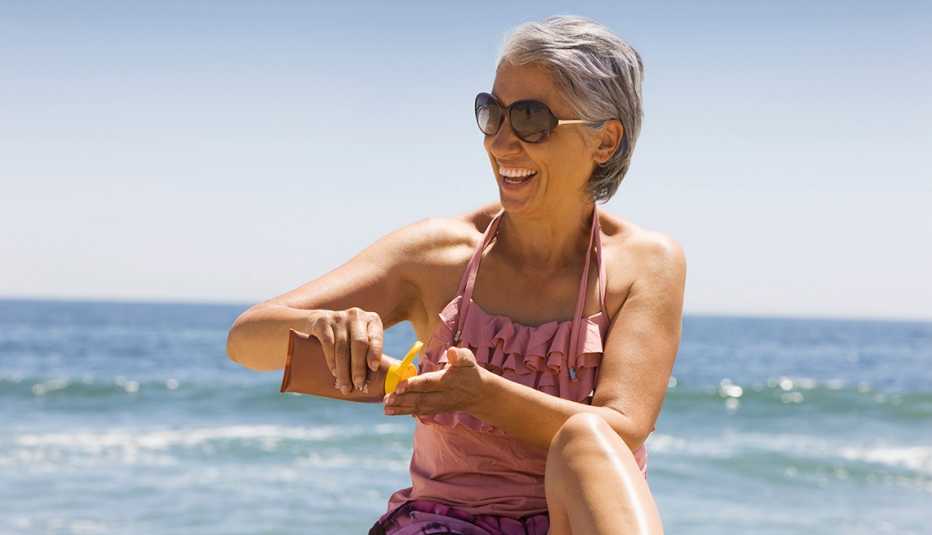

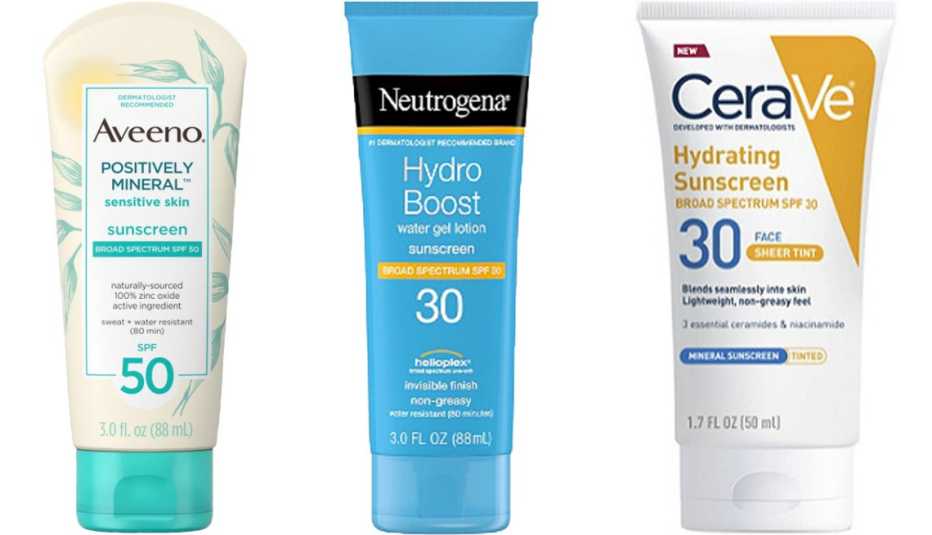































































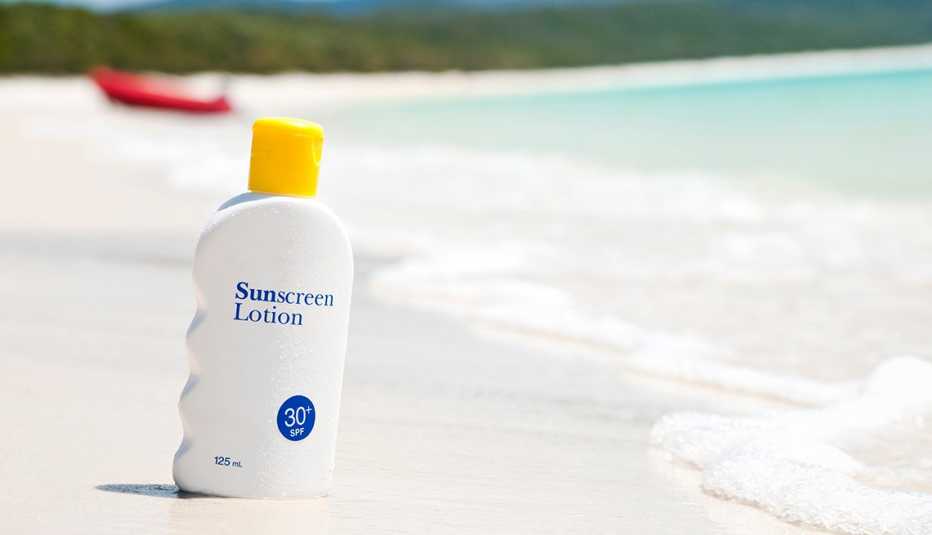


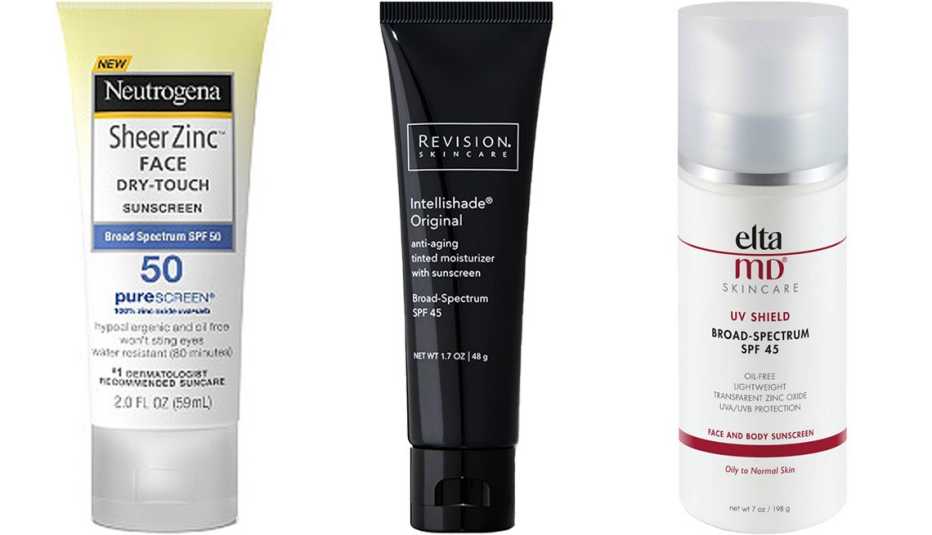
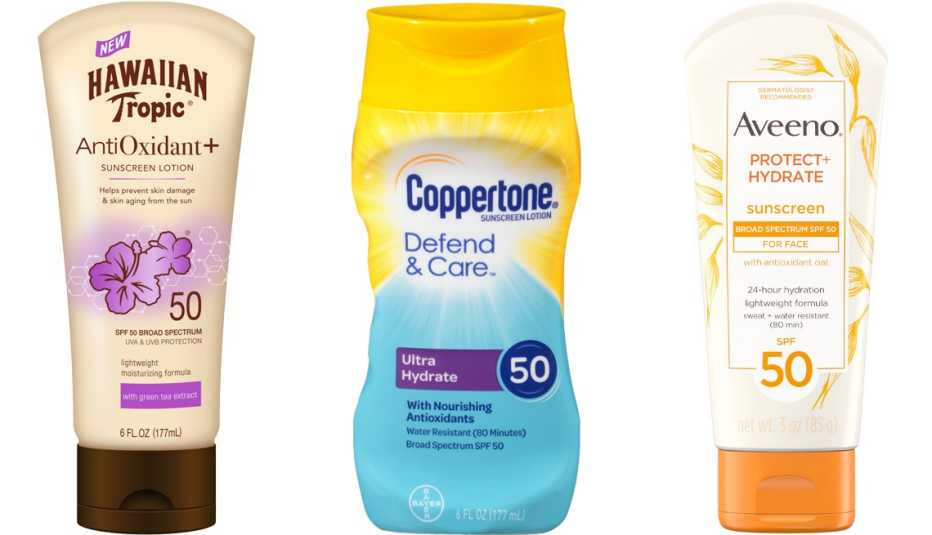
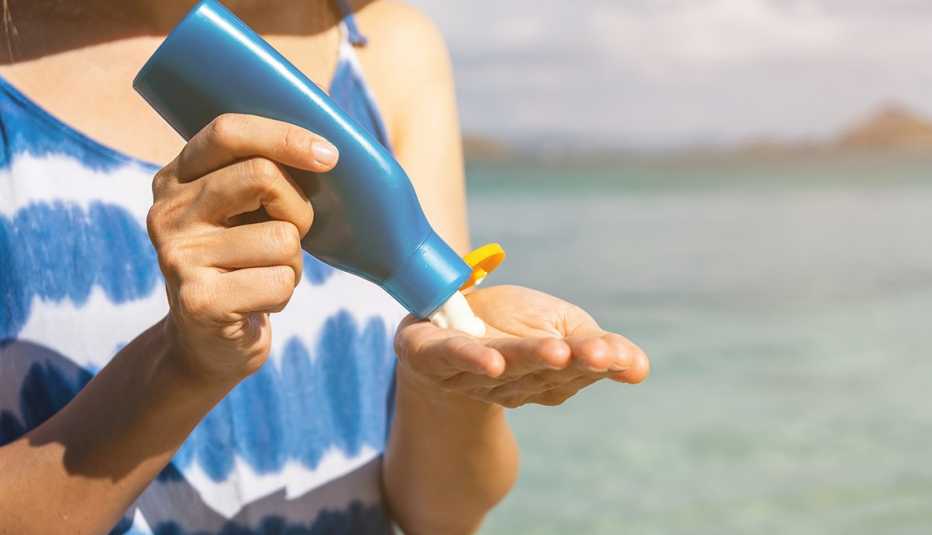
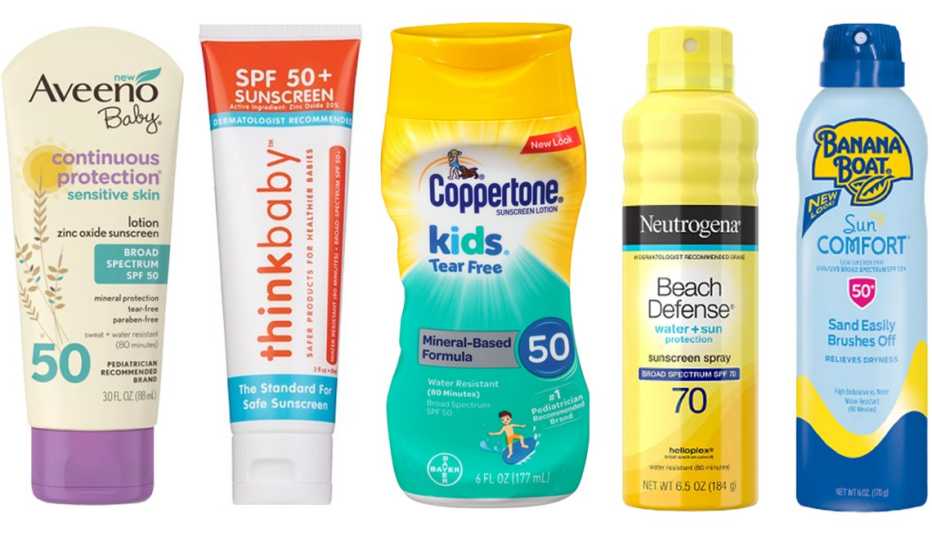
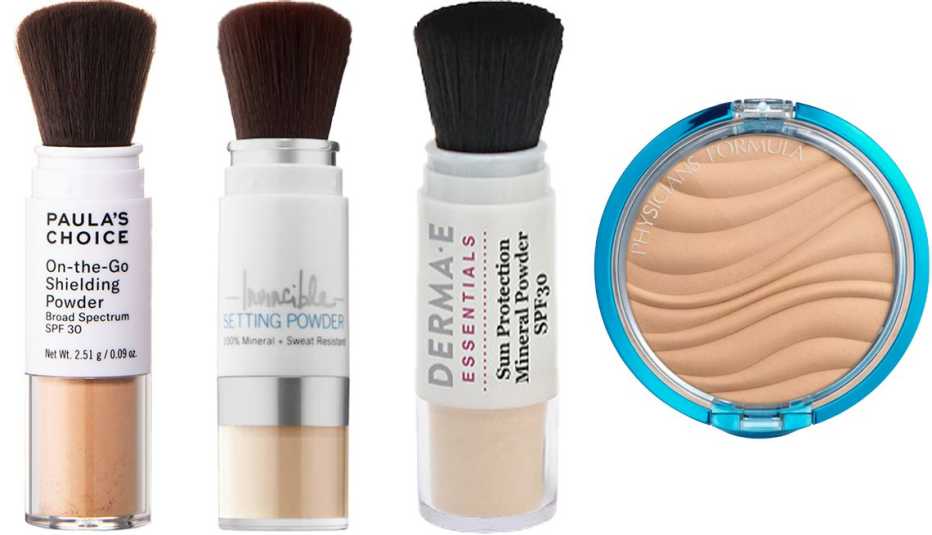
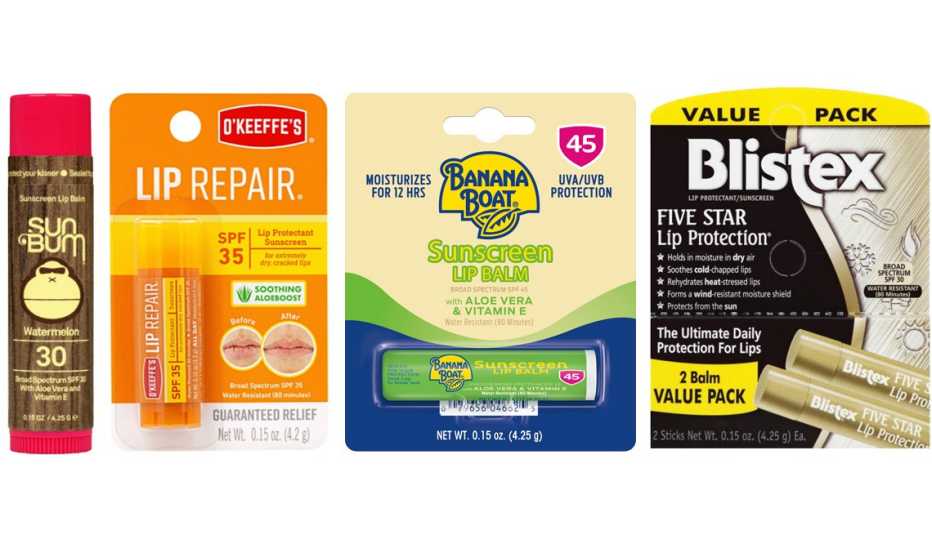
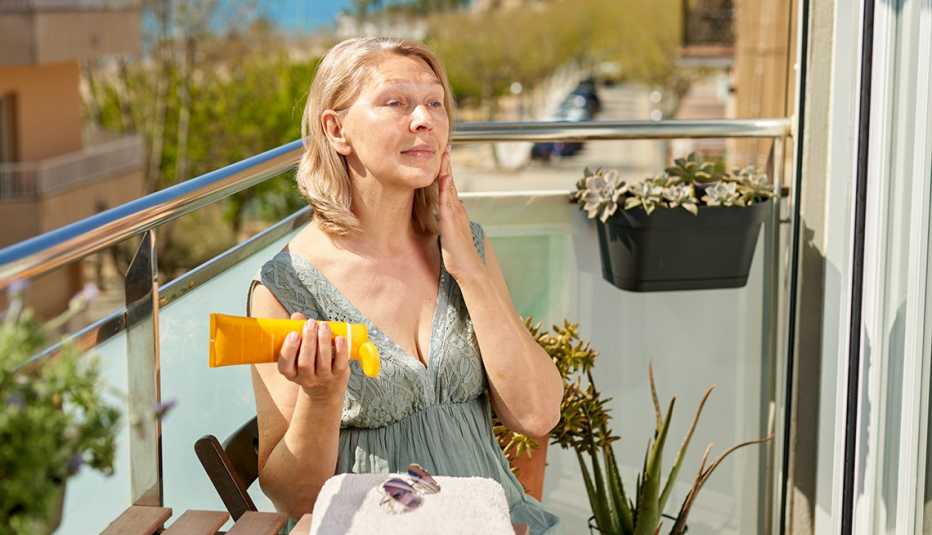
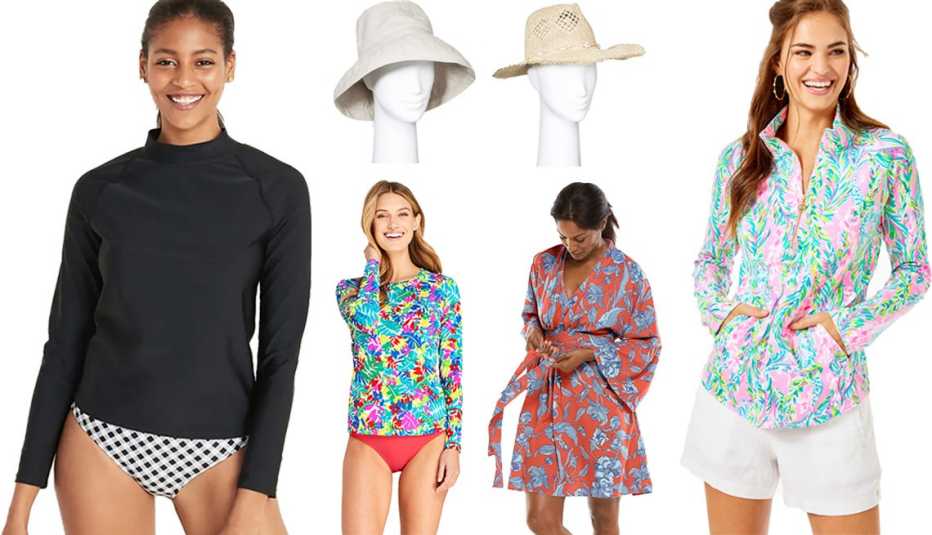
More on entertainment
Best Swimwear for Men Over 50
The right trunks for any beach, pool or backyard outingLook Fresh-Faced With This Stay-at-Home Skin-Care Routine
Don't let stress make your complexion a messRecommended for You